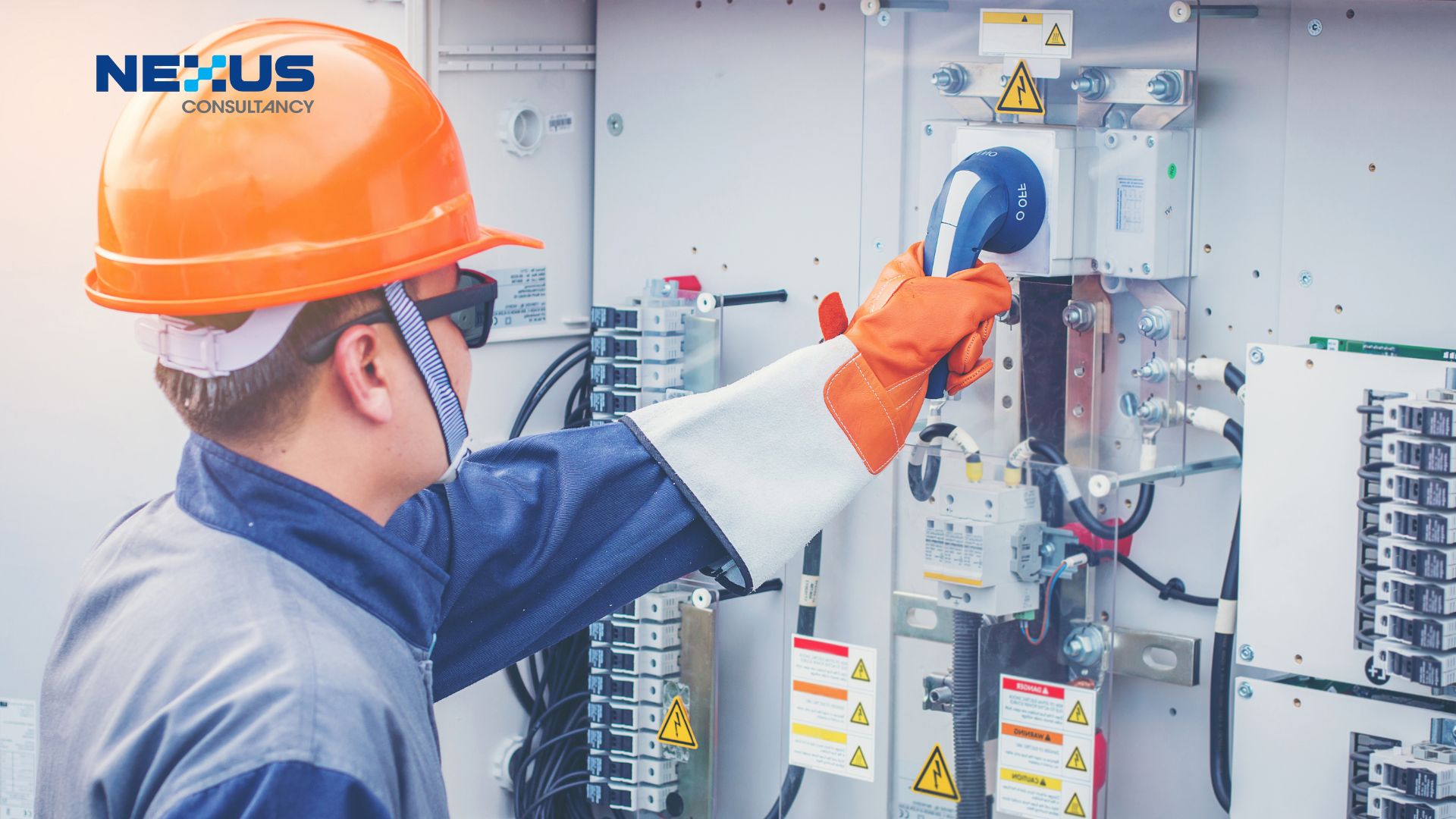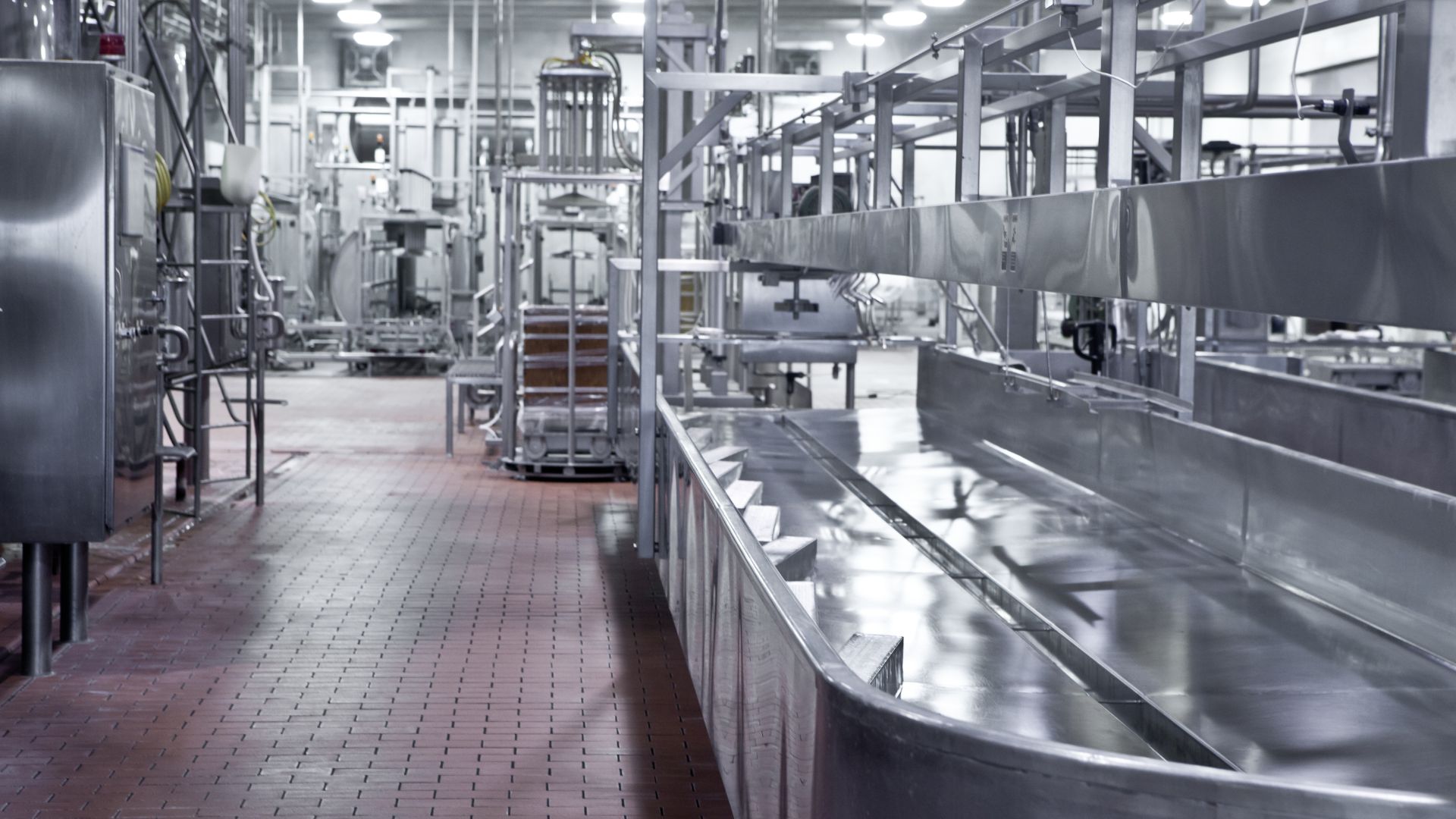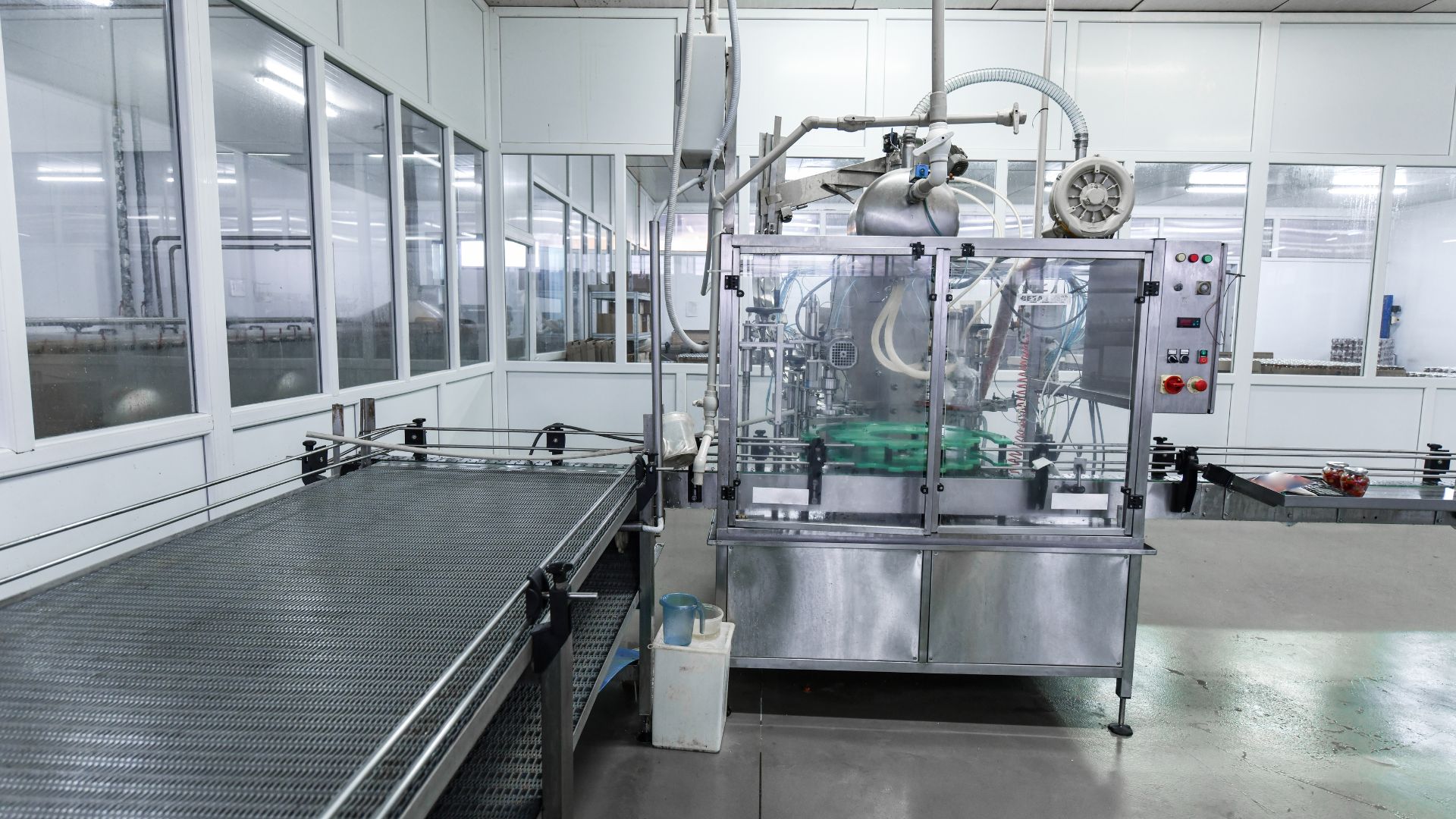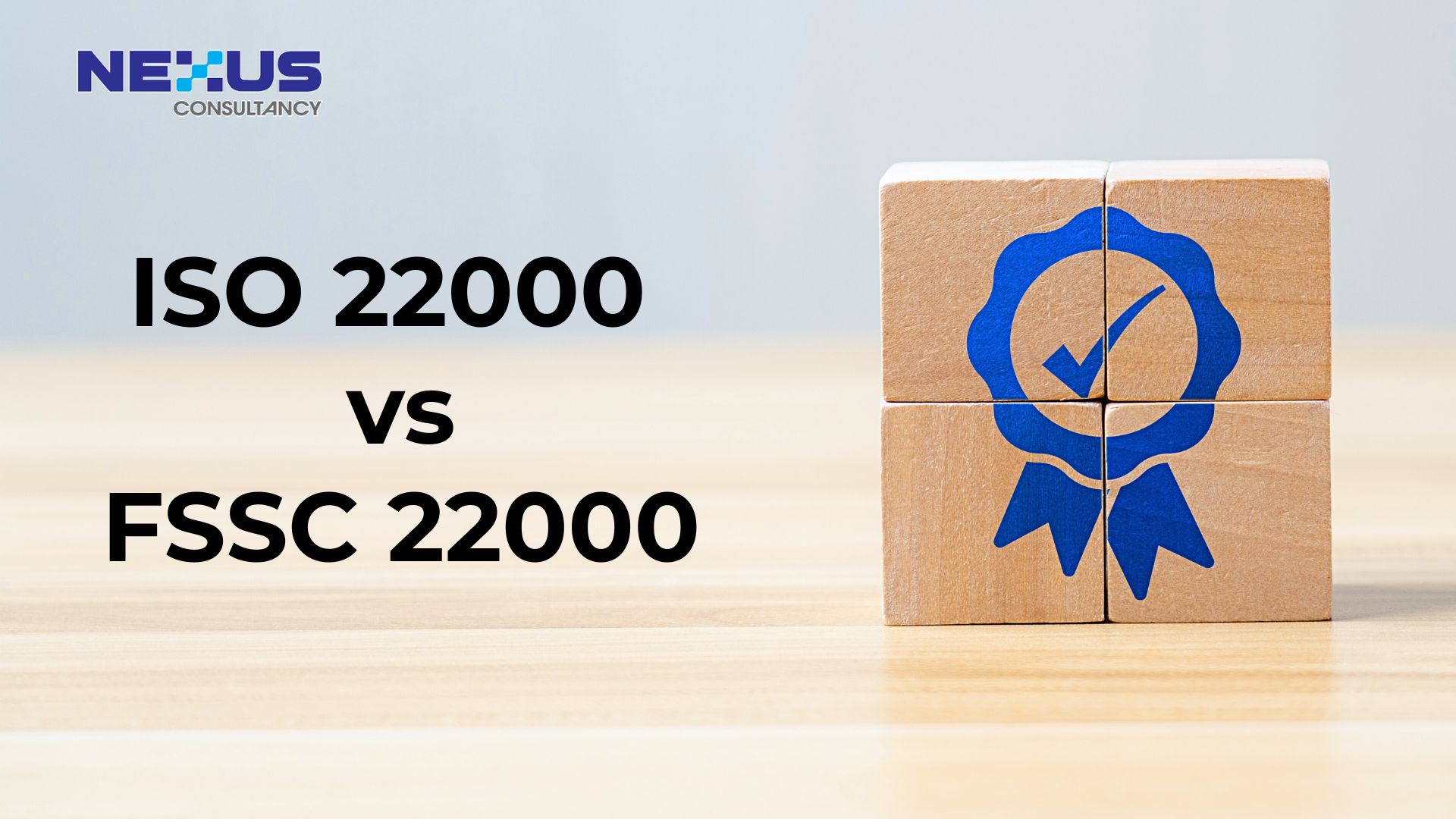
Danielle Tan
Chief Operating Officer
Discover the best practices in preventive and condition-based maintenance to enhance equipment reliability, reduce downtime, and optimize maintenance costs.

Maintenance tasks are scheduled at regular intervals to ensure that equipment in food processing plant is properly serviced and to prevent unexpected breakdowns. This proactive approach helps maintain operational efficiency and product safety.
The maintenance system must cover a wide range of equipment, including:
- Plant Machinery: This includes equipment like roll cages used for moving goods within a facility. Regular maintenance ensures these items function smoothly and safely.
- Static Equipment: Structures such as racking that are fixed in place but critical for storage and organization. Ensuring they are stable and secure prevents accidents.
- Mobile Equipment: This category includes pallet trucks and other movable machinery. These items are frequently used and thus require consistent upkeep to avoid failures that could disrupt operations.
- Battery-Charging Equipment: Regular servicing of these systems ensures they are safe and efficient, preventing potential hazards related to battery malfunction.
- Processing Equipment: Machines involved in the production process need precise maintenance to ensure product quality and compliance with safety standards.
- Environmental Control Equipment: Systems that regulate temperature or air quality, like HVAC units, must be maintained to provide a safe and controlled environment.
- Offline Measuring Equipment: Calibration of these devices is crucial for accurate measurements, impacting product quality and compliance with standards.
- Robotic Systems: Automated systems require routine checks to maintain their efficiency and precision.
- Utility Equipment: This includes systems providing essential services like water, electricity, and gas, which are critical to the facility’s operation.
Risk-based Maintenance Frequency
The frequency and type of maintenance tasks must be determined through a documented risk assessment, considering several factors:
- Manufacturer Guidelines: Recommendations from equipment manufacturers provide a baseline for maintenance schedules and procedures.
- Likelihood of Product Contamination: Assessing the risk of contamination helps prioritize maintenance activities that protect product integrity.
- Frequency and Severity of Equipment Failures: Understanding past failure patterns aids in predicting and preventing future issues.
- Impact of Failures: Considering the consequences of equipment failure, such as loss of traceability or product contamination, helps prioritize critical maintenance tasks.
- General Condition of the Equipment: Regular inspections help identify wear and tear, informing maintenance needs.
- Design Aspects: Features that may increase or reduce the likelihood of failure should be considered in the maintenance plan.
- Usage Frequency: Equipment that is used more frequently may require more regular maintenance.
- Need for Critical Spares: Ensuring the availability of essential spare parts minimizes downtime in case of equipment failure.

Maintenance Systems
Effective maintenance can be managed through one or a combination of systems:
- Planned Preventive Maintenance (PPM): This involves scheduled servicing based on usage patterns and manufacturer recommendations. It aims to prevent failures through regular, planned interventions.
- Condition-Based Maintenance (CBM): This approach relies on monitoring the actual condition of equipment to decide when maintenance is needed. By using condition monitoring, such as vibration analysis or thermal imaging, maintenance is performed only when indicators show that failure is imminent.
Scheduling
To avoid disrupting operations and compromising product safety, maintenance should ideally be performed outside of operating hours. When this is not possible, a risk assessment should be conducted to identify and mitigate potential hazards. Precautionary measures might include:
- Relocating the Item: Moving equipment to be maintained away from operational areas, such as to a workshop, to minimize disruption and contamination risks.
- Using Screening: Implementing barriers or screens to protect operational areas from maintenance activities.
Potential Risks
Risks associated with maintenance activities include:
- Increased Personnel Movement: Maintenance often involves contractors or additional staff, which can increase the risk of contamination or accidents.
- Creation of Contaminants: Activities like grinding or welding can generate dust and other contaminants.
- Disruption of Processes: Maintenance can interfere with normal workflows, necessitating careful planning and coordination.
Maintenance Records
All maintenance activities must be documented. When external suppliers conduct maintenance, their service records should be retained as proof of work and for compliance purposes.
Maintenance Review
Maintenance frequency should be reviewed after breakdowns or repairs, as these events indicate potential weaknesses in the current system. This review helps in adjusting maintenance schedules and improving overall effectiveness.

Conclusion
In conclusion, a comprehensive maintenance system that includes regular risk assessments, effective scheduling, detailed documentation, and the use of both preventive and condition-based strategies ensures equipment reliability and operational safety.
Reference:
- ISO/TS 22002-1:2009 Prerequisite Programs on Food Safety – Part 1: Food Manufacturing.
- BRCGS Food Safety Issue 9.
Curious to learn how to maximize your factory lifespan today? Get in touch with us now for more information.






